
Deutsch
Costa Rica means "Rich Coast", which is quite a promising name for the country in Central America, by the way chosen by Columbus. If you look at the map, everything seems to be equally around the corner: Caribbean, Pacific, palm-fringed beaches, volcanoes, rain forests, cloud forests. Practically you should allow some time for sightseeing, the roads are not always paved ....
We had been in the country in 2010 attending a live-aboard to Isla del Coco and already then decided to come back.
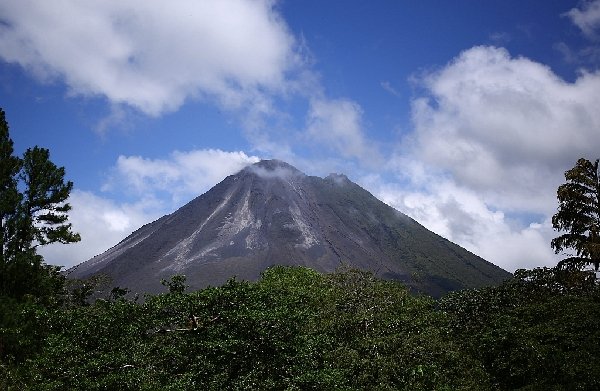 |
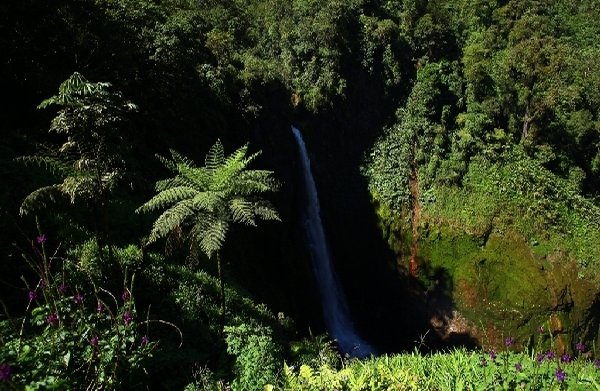 |
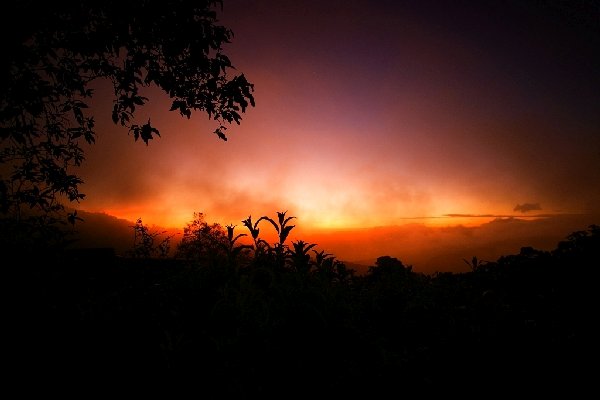 |
Each trip is characterized by the fantastic nature of Costa Rica, the chirping of insects accompanies the night, in the morning you will be woken up by the calls of howler monkeys and already before breakfast the natural beauty needs to be discovered in the rainforest. The best experienced first-hand in a jungle lodge, so did we. Birders had allegedly brought tourism to Costa Rica. Beginning of the 70's only a few "Birdwatchers" came, then followed by hundreds and later thousands with binoculars and field guides.
In Costa Rica you can see around 900 bird species, including the domestic gods-bird Quetzal and various hummingbird species. There are also a variety of amphibians and reptiles, mammals and 1,200 species of orchids and other exotic flowers. Reasons for this diversity are the many altitude and humidity levels.
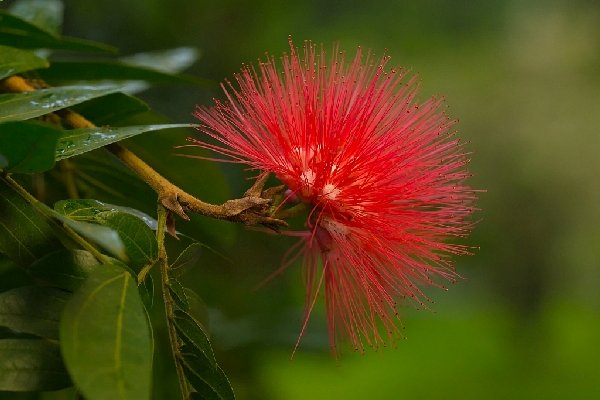 |
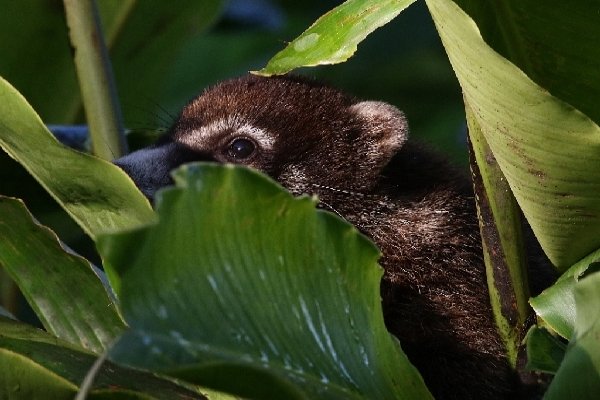 |
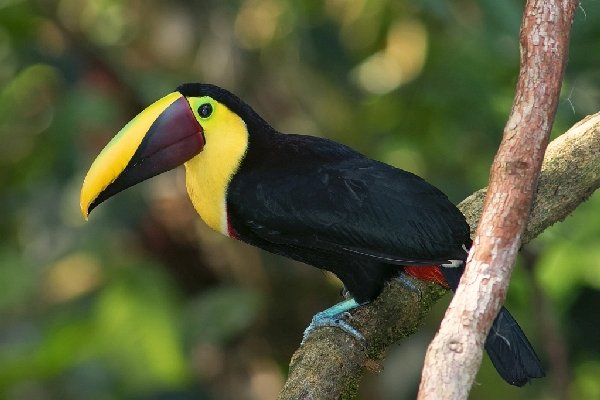 |
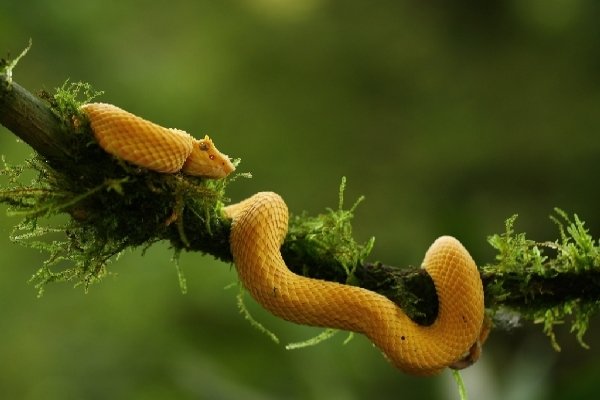 |
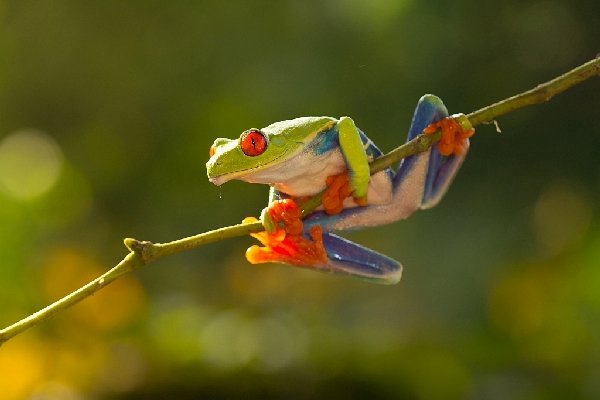 |
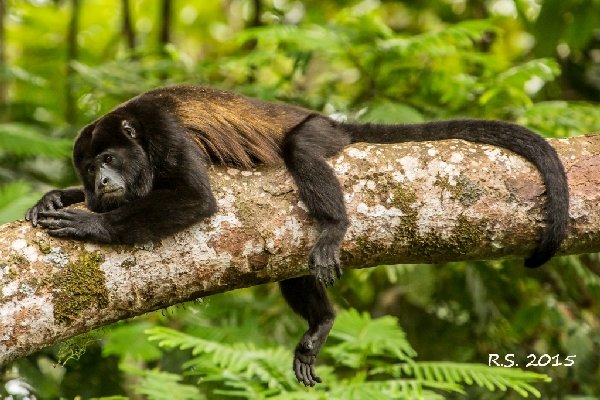 |
One of the smallest and undoubtedly the most beautiful birds in the world, available only in the New World, is the hummingbird. There are an estimated 330 species, 50 of which are found in Costa Rica. The weight of the birds is between 2 and 9 grams, their heart rates up to 10 times faster than that of humans. These ubiquitous birds feed on nectar, have depending on their species specialized to certain flowers and have a specifically formed bill for them.
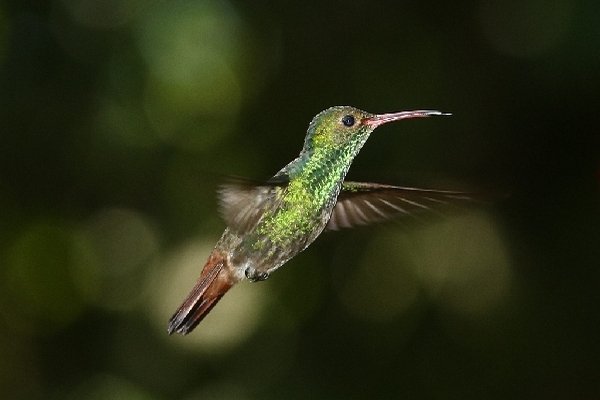 |
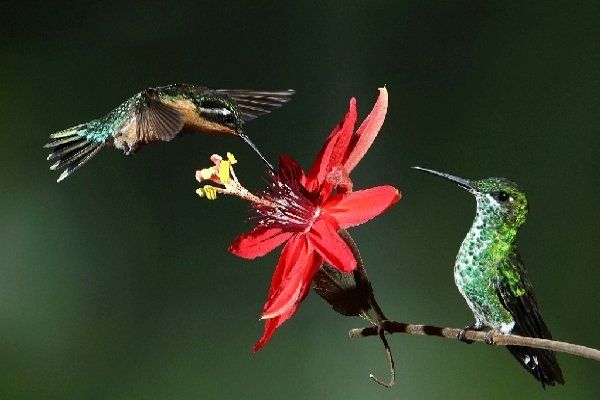 |
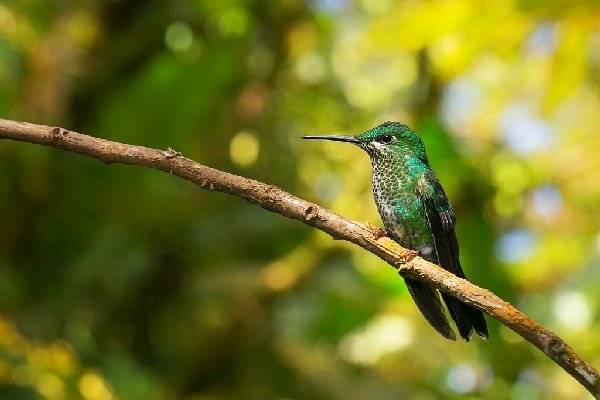 |
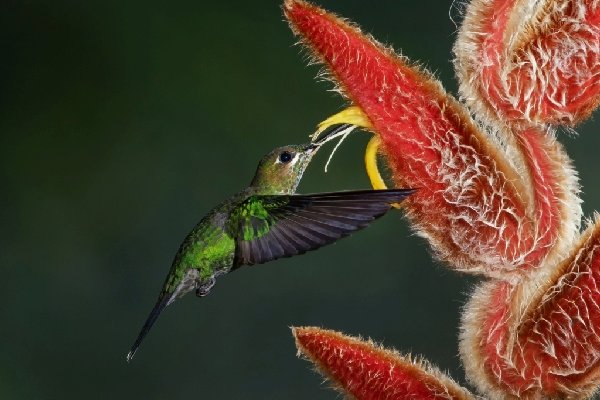 |
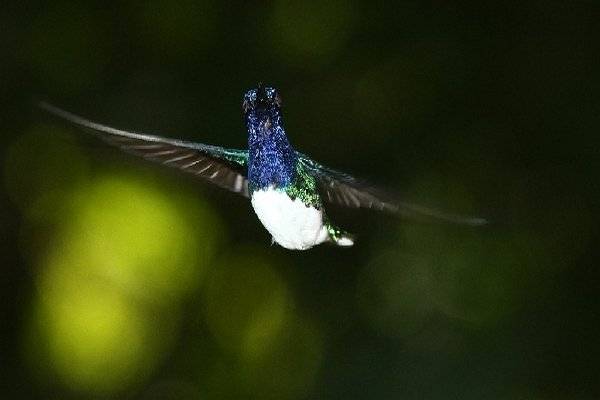 |
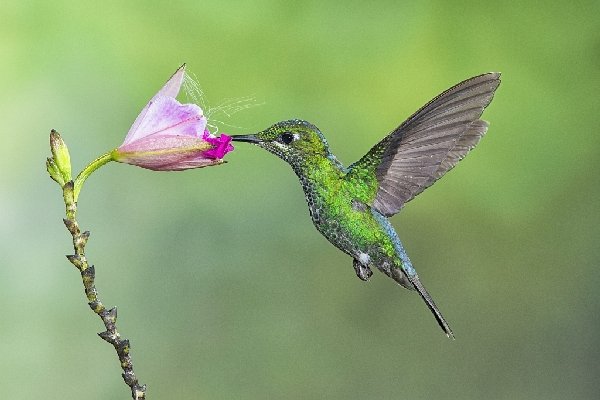 |
The color GREEN accompanied us throughout the trip; through the frequent rainfalls the intensity of the color was intensified. For the development of the enormous diversity in Costa Rica, among others the climate plays a major role. Plenty of sunlight and high humidity have exploded the richness of plant virtually. The uniformly high temperatures let trees and shrubs wear all year round blossom, nectar, seeds and fruits.
These are food for the animals. In the rainforest there are many specialists who can fill every little niche.
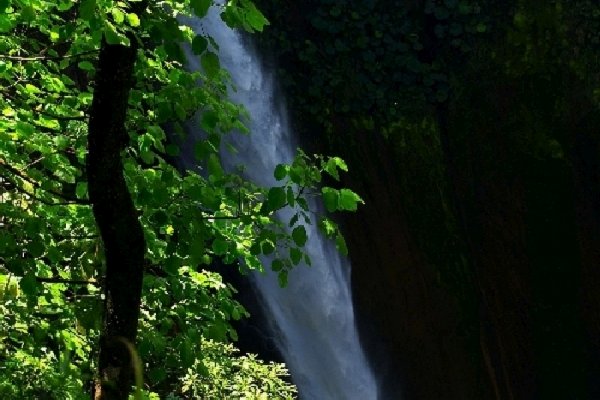 |
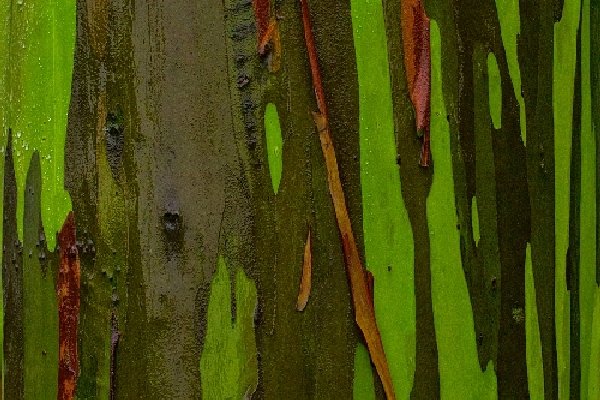 |
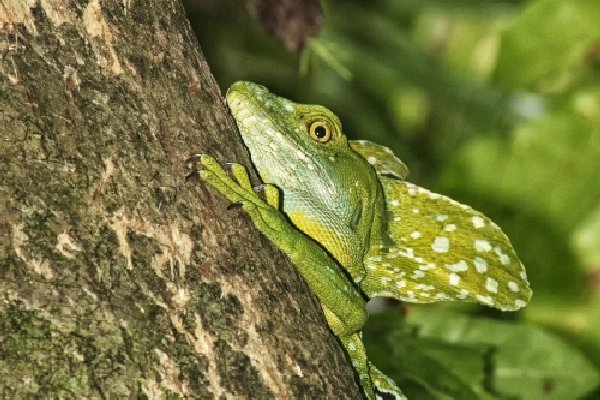 |
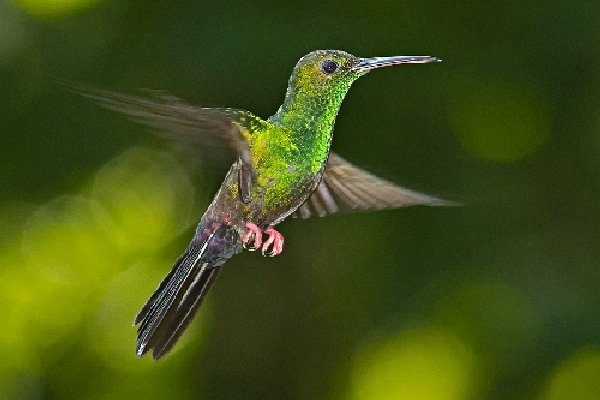 |
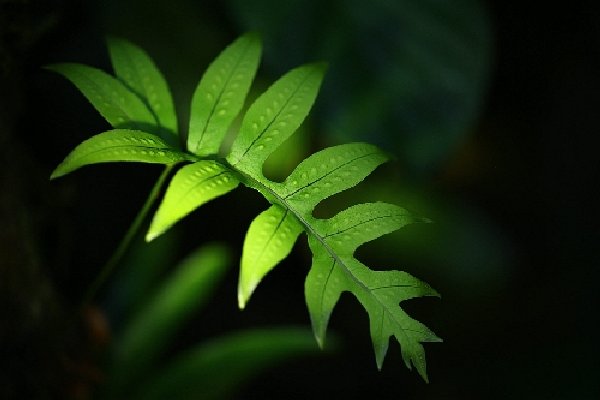 |
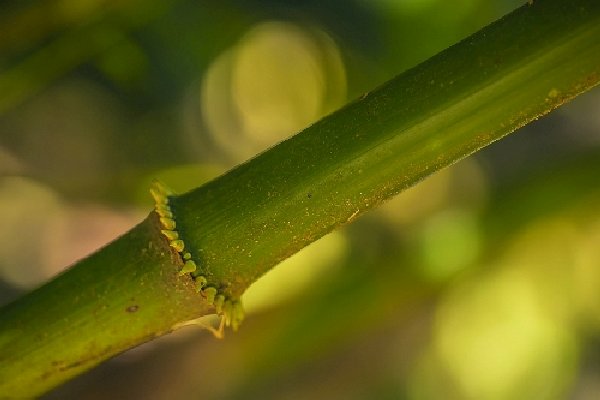 |
Many rainforest animals are perfectly camouflaged, beetles and butterflies look like tree bark and snakes have the color of leaves. Sometimes you accidentally discovered the red, blue, or green (toxic) frogs, they are so tiny that you have to look twice. Most native snakes are harmless, but the poisonous snakes like the Eyelash viper are either well hidden or extremely conspicuous. Therefore, you should best go into the jungle for excursions with an experienced naturalist.
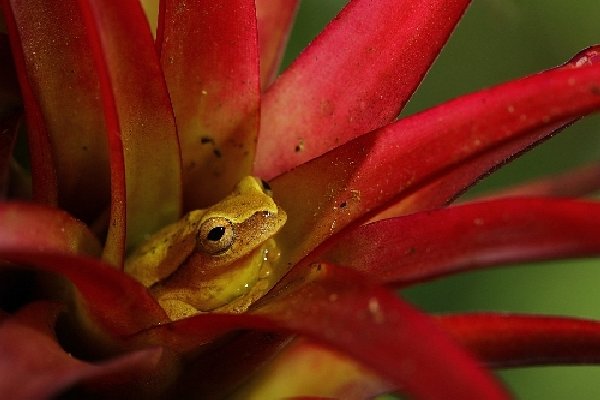 |
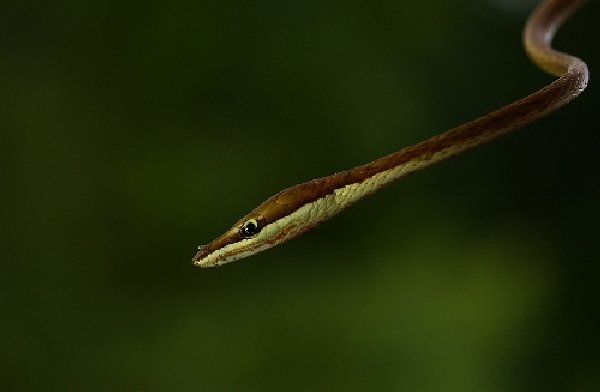 |
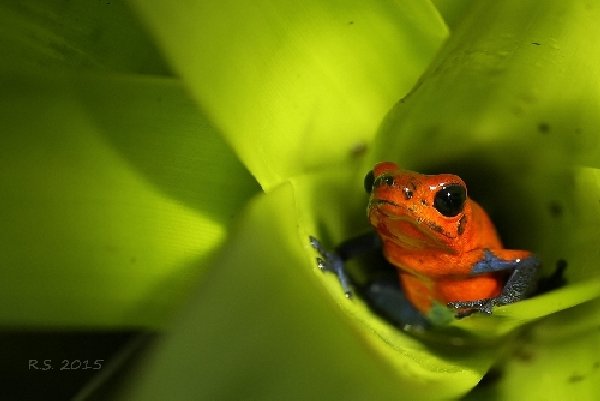 |
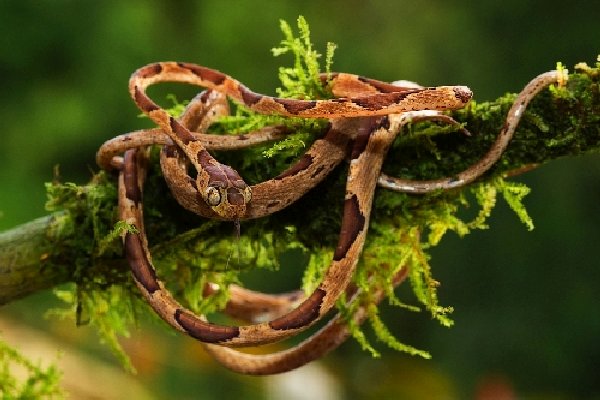 |
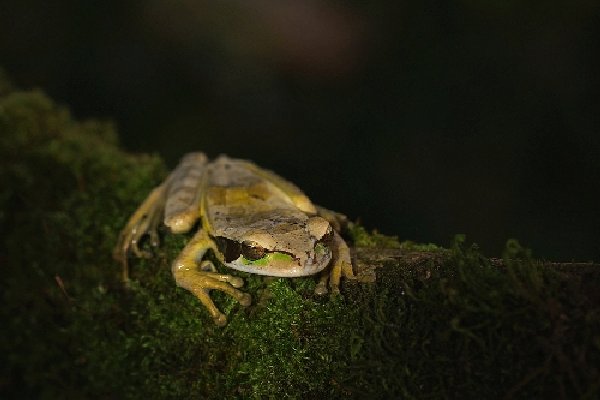 |
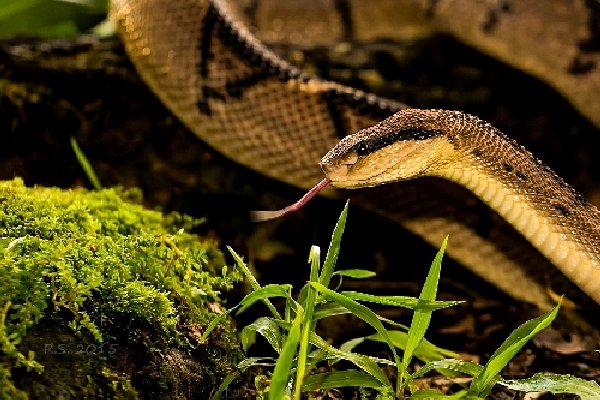 |
The Cerro de la Muerte region is about 2.5 hours from San Jose and a secret as an alternative to Monte Verde. In this quiet area there is still much pristine cloud forest and also a variety of birds. The biggest attraction is the presence of the Quetzal, the legendary king bird of the Maya. To find it, but you need a knowledgeable guide. The Quetzal in Central America is endangered by the destruction of its habitat and illegal hunting and is on the red list of threatened species.
We had the great good fortune to see him twice in 24 hours, the communication between the Paraiso de Quetzal Lodge and farmers in the area worked perfectly. Here was a new "business idea" designed to allow birders and photographers watching these rare and beautiful birds. The lodge itself is located in an enchanting setting to 2,650 meters above sea level in an exotic garden. We lived in simple rooms that would have been very comfortable if we had not been so cold at night. Unfortunately we had forgotten the cotton pajamas with long arms and legs at home. But the next morning with a somewhat adventurous tour to the "Costa Rican Pygmy-Owls" and a repeated meeting with a male quetzal let us forget the cold night quickly.
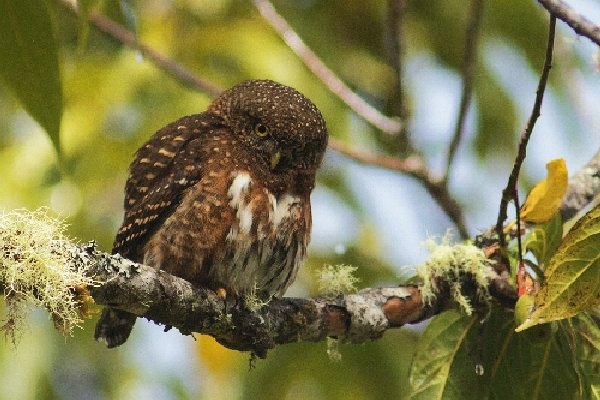 |
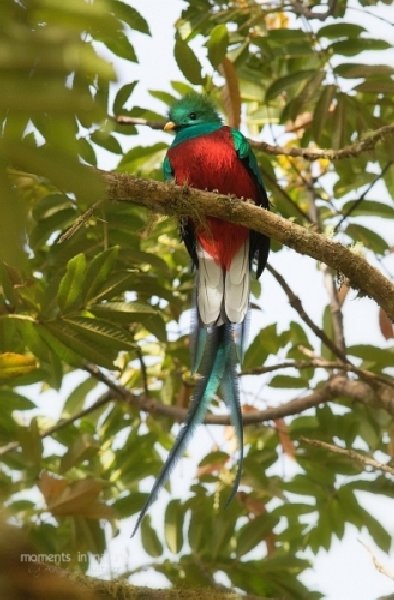 |
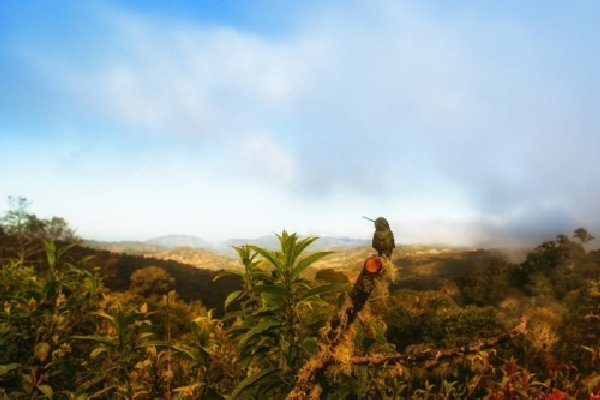 |
Upon completion of the workshop, we went along with Jalil to Jacó, a favorite with surfers beach resort on the Pacific coast. The temperatures were much higher here again, accompanied by high humidity. The pool in the small community of "La Perlita" was very welcome to us. Early in the morning or in the evening we were back in search of photo opportunities.
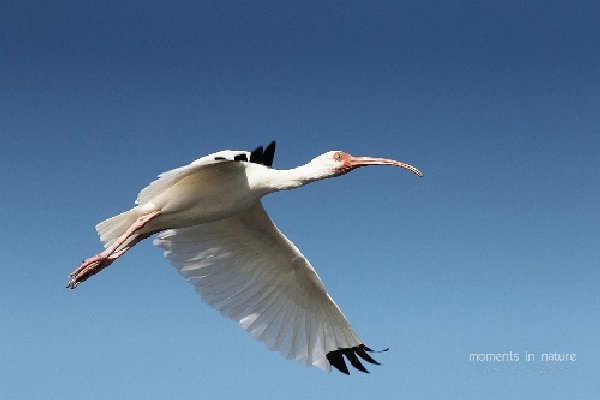 |
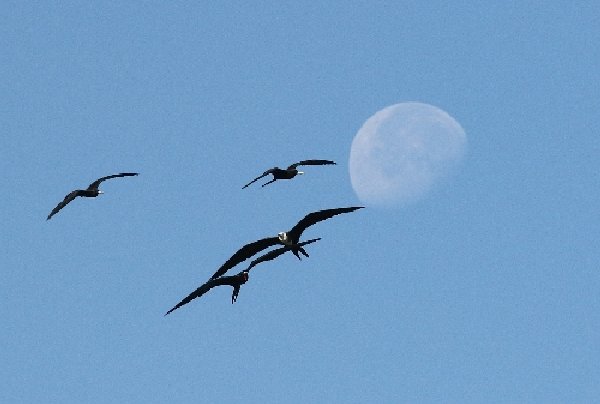 |
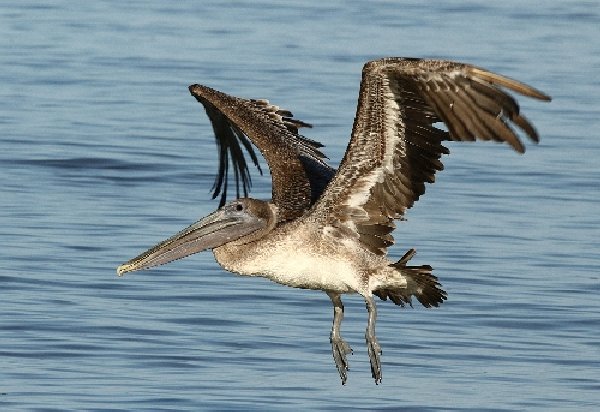 |
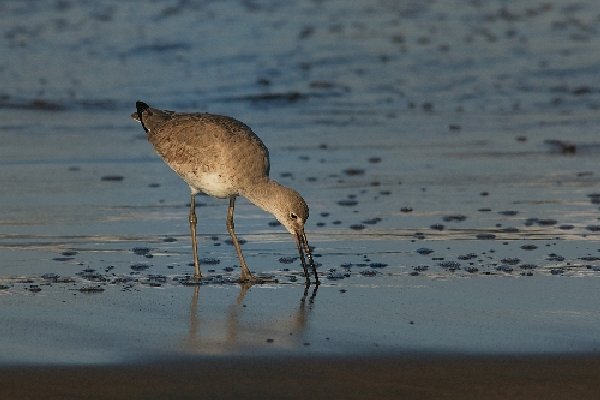 |
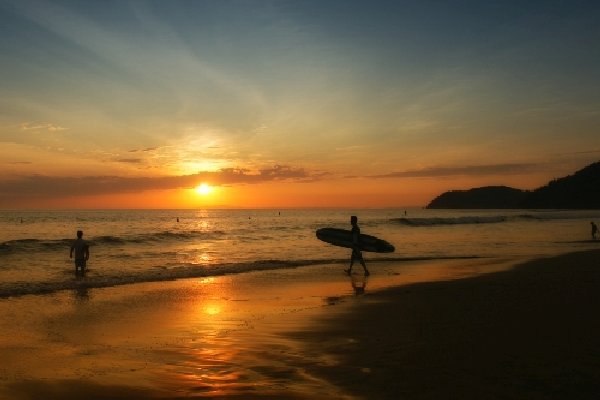 |
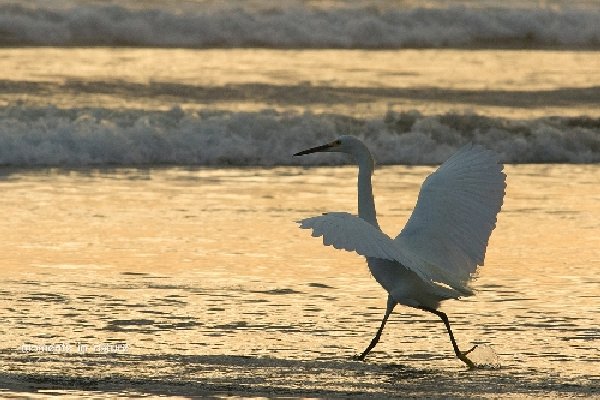 |
Last but not least, a big thank you to Jalil and José for the planning and execution of the workshop, the many hints, suggestions and discussions. We were once again delighted by the great opportunities in this country, Costa Rica is really a garden between two oceans and we can only hope that this natural paradise remains the same for very long. Pura Vida!
More pictures can be found here.